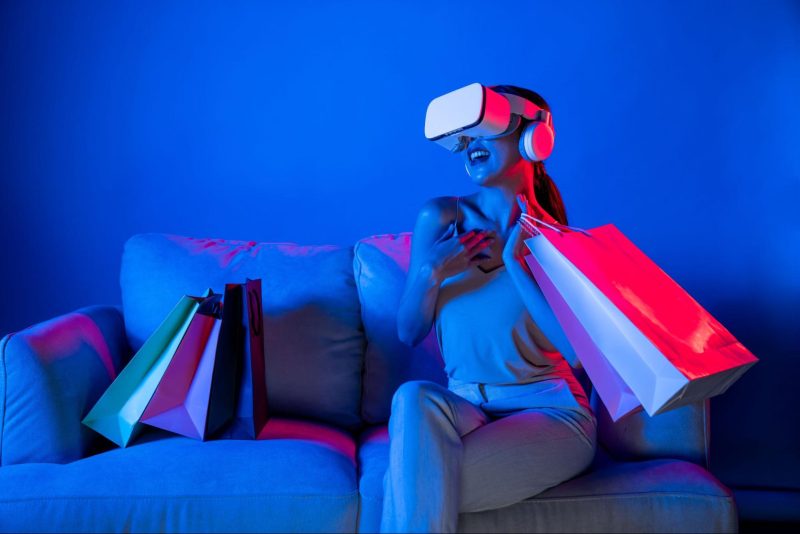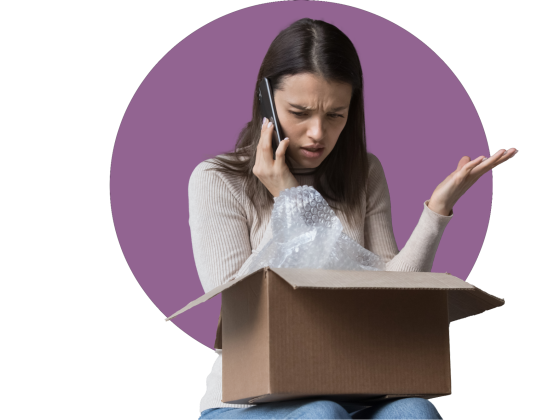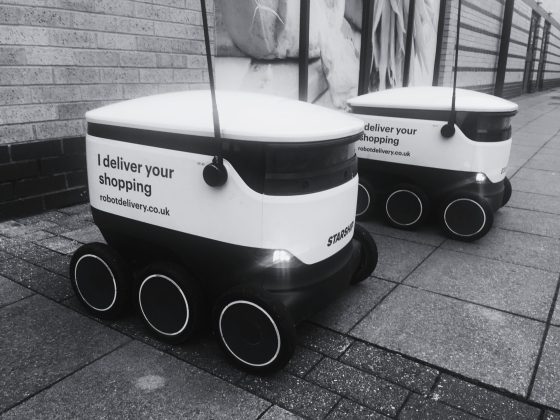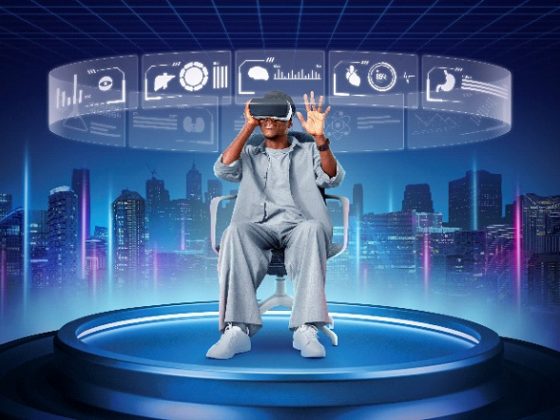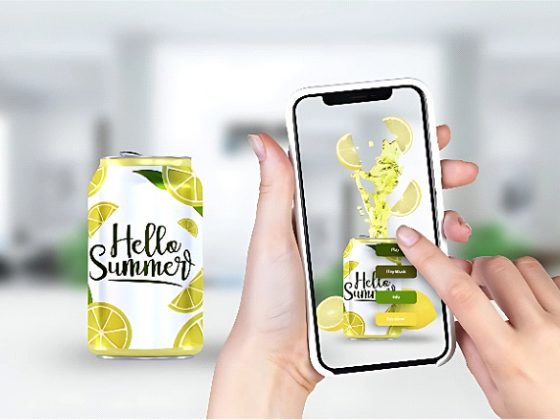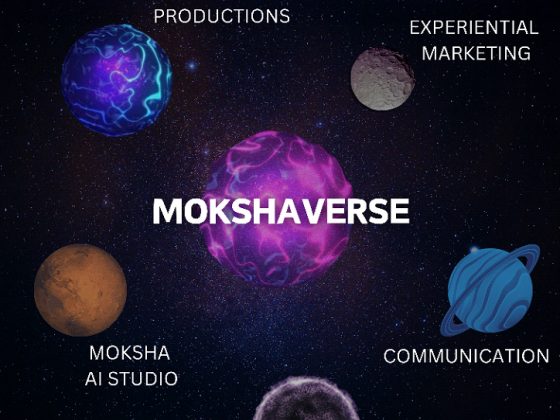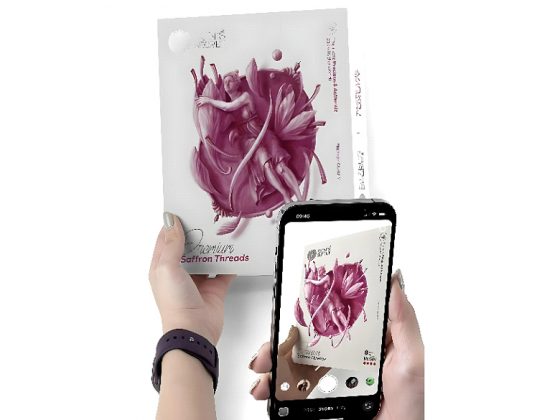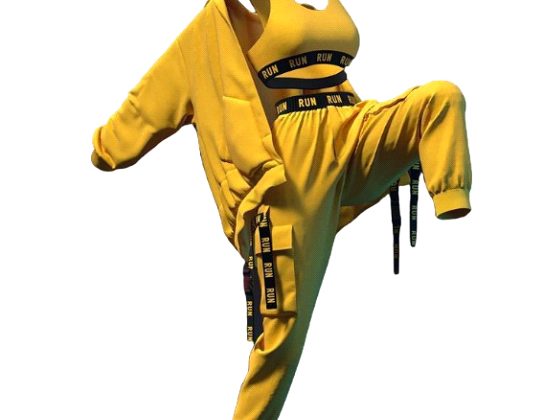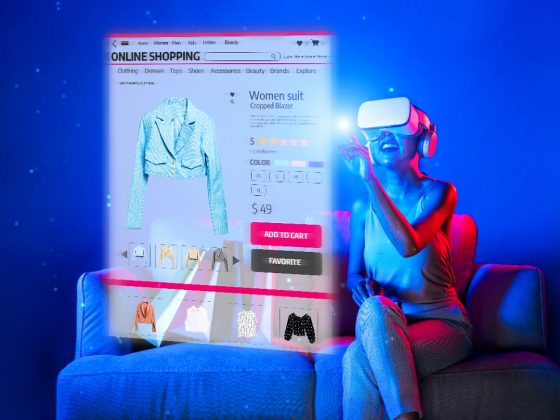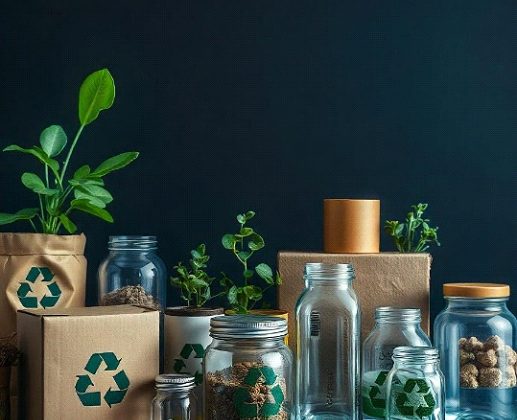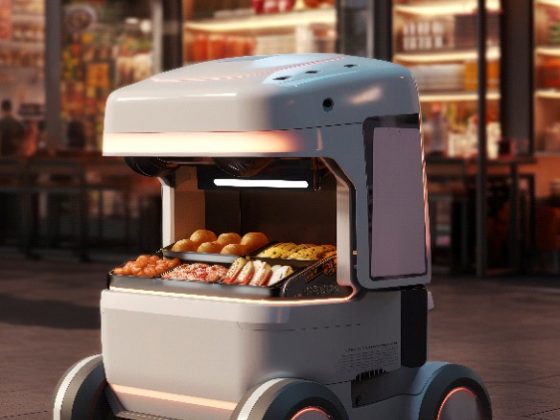Enhancing Personalisation in Beauty and Fashion
AR is playing a major role in creating personalised shopping experiences, especially in the beauty industry. AR filters allow customers to experiment with makeup, hair colours, and skincare products in real time. Sephora’s Virtual Artist app is a standout example, letting users preview how different shades of lipstick or eyeshadow will look on their skin tone. This level of personalisation not only makes the shopping experience more fun and engaging but also leads to increased sales.
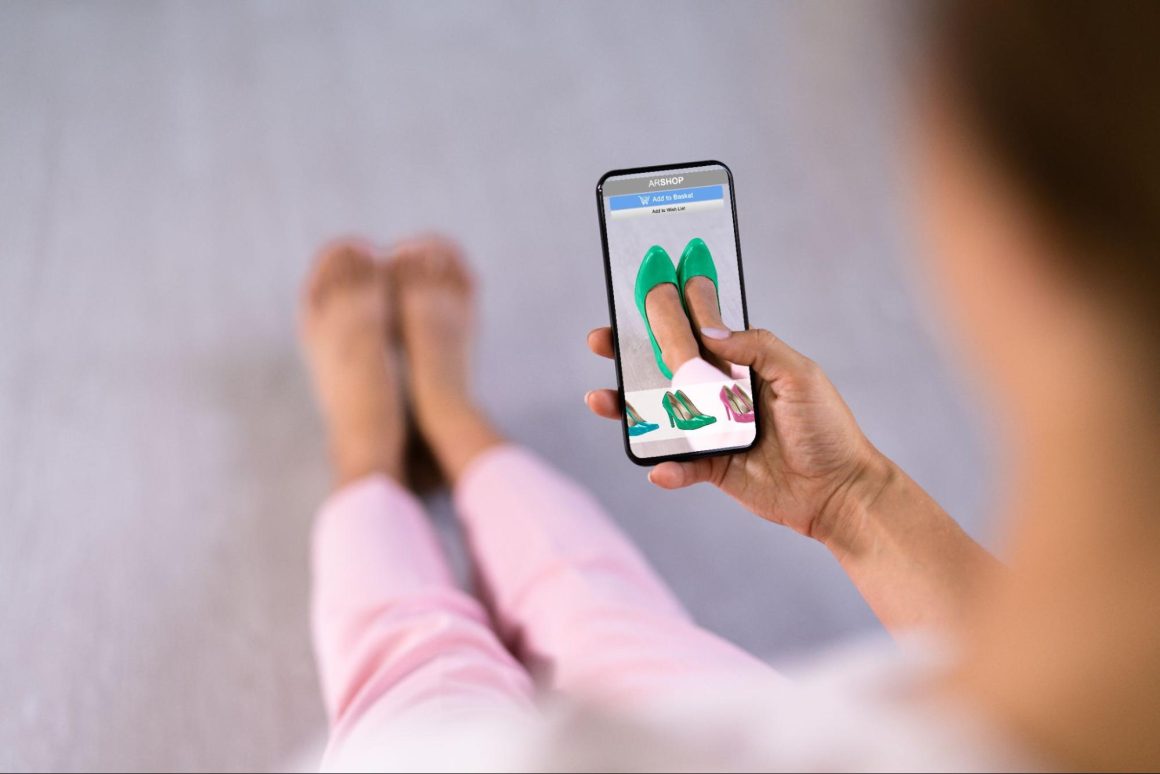
McKinsey’s 2022 report highlights that AR-driven personalisation can increase customer satisfaction by 20%, improving both retention rates and brand loyalty.
Virtual Events and Pop-Up Shops
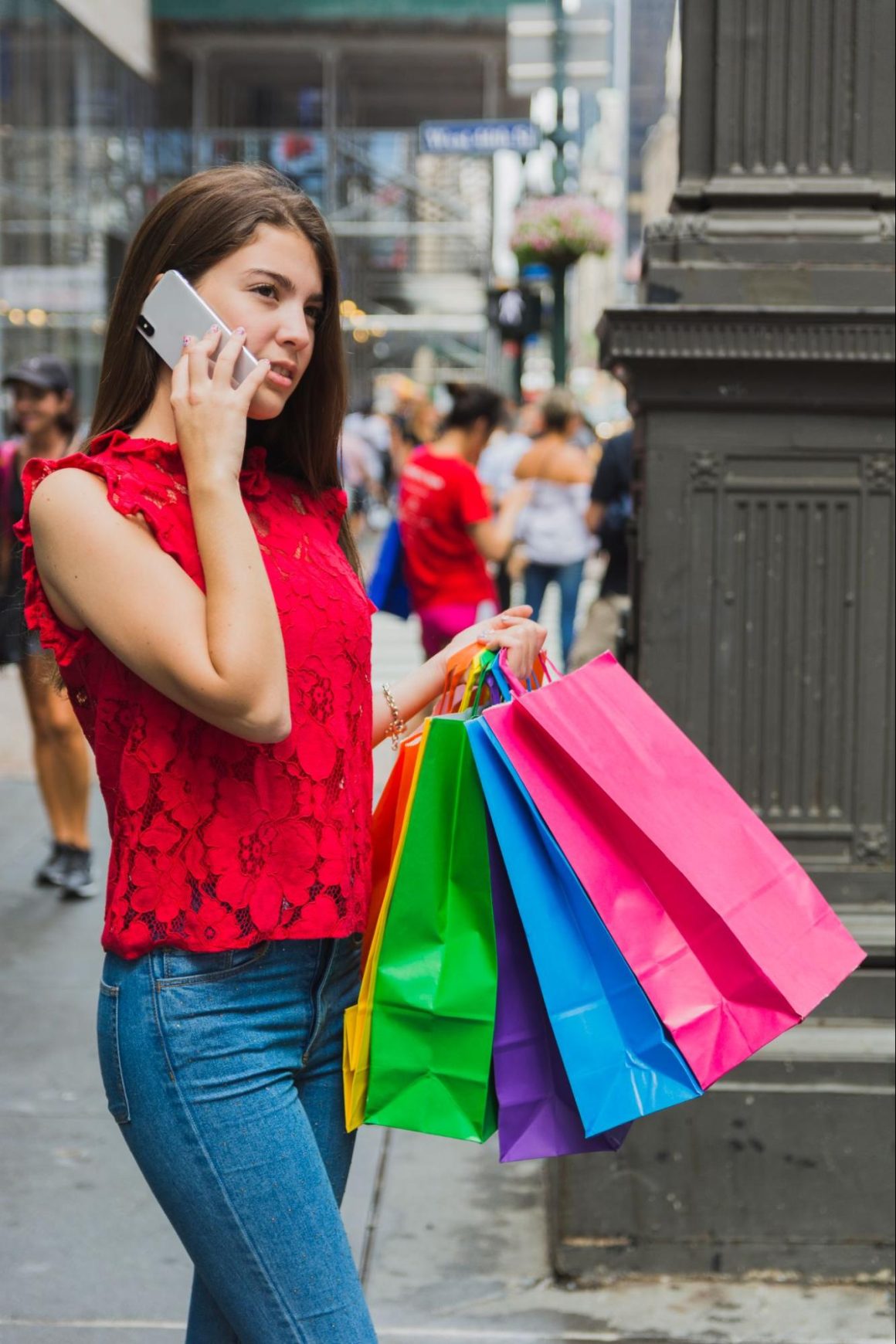
AR and VR are also revolutionising how brands host pop-up shops and exclusive events. These virtual environments allow customers to engage with products in a fun, interactive setting, often gamifying the shopping experience to spark excitement. Nike, for example, created a VR experience where users could participate in a virtual marathon, earning discounts based on their performance. These types of experiences can also be integrated into social media platforms, further broadening a brand’s reach and visibility. Brands that emphasize eco-friendly practices—like ethical sourcing or carbon-neutral shipping—are gaining traction with consumers who are increasingly conscious of the environment. Platforms like Etsy have successfully built sustainability into their brand identity by supporting local artisans and prioritizing green practices.

